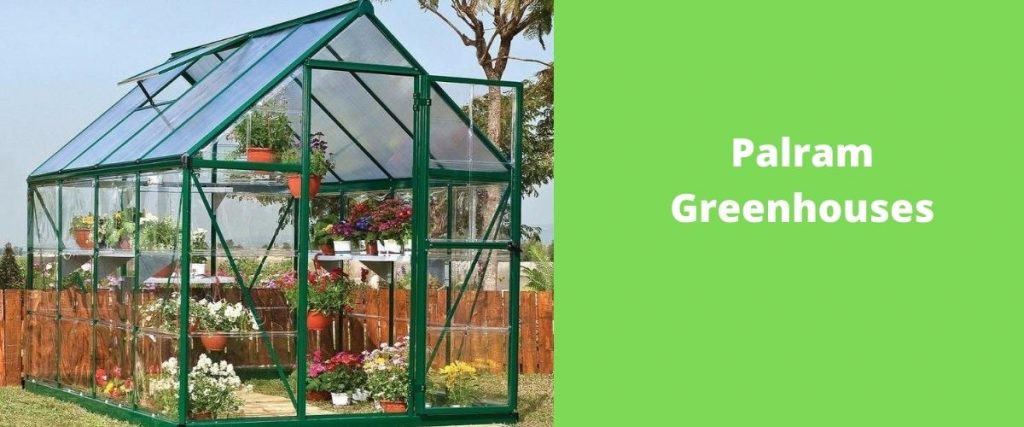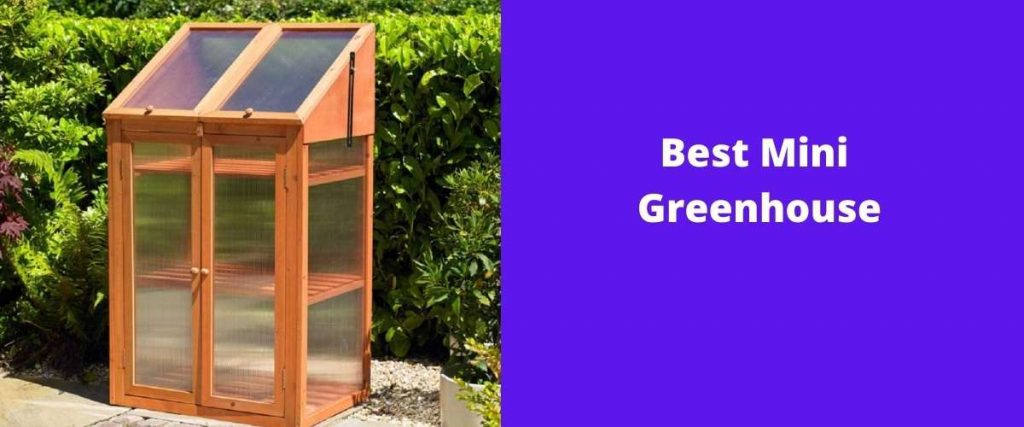A butterfly may bring a garden to life, just as a garden can support the life of a butterfly. When you design a butterfly garden, you create a nook of wonder and a shelter for the butterfly. It’s simple to make a butterfly garden, but can butterflies live in a greenhouse you may be wondering?
For your butterfly garden, you’ll need two sorts of plants: nectar plants for adult butterflies and larval plants for the caterpillar stage.
The adult butterfly prefers the tastiest, most beautiful blossoms. Because nectar from flowers is their primary source of nutrition, the best approach to attract them to your home garden is to put their favorite flowers in huge clusters.
There are no such things as too many flowers when it comes to butterflies. Larval plants should be included in all butterfly gardens.
The plants on which the butterflies lay their eggs are these. Adult female butterflies deposit eggs on the underside of the leaves, either singly or in massive clusters. The tiny caterpillars eat on the plants when the eggs hatch.


Don’t be surprised if larval plant leaves are nibbled and chewed. This is very natural, and the plants will recover.
If the chewed appearance concerns you, place larval plants in a less-used area of the garden. In the following stage, the pupa attaches itself to twigs, leaves, and grasses, its braided cocoon mirroring the colors of the surrounding environment.
In general, butterfly gardens are planted in sunny areas. Because butterflies need the sunlight to warm up before taking flight, it is critical to keep your garden in a wind-protected place and avoid using dangerous pesticides.
Can Butterfly Live in a Indoors?
Raising butterflies indoors is not only entertaining but also informative, natural, scientific, and incredible. It interests individuals of all ages.
Raising eggs, caterpillars, and butterflies is also a low-cost pastime. You’ll need a plant to feed a caterpillar if you want to raise a butterfly from an egg or a caterpillar.


Figure 2 Source: Hectonichus Aposematic caterpillar of Papilio machaon, in threat pose
Many of the caterpillar-feeding plants may be found in our gardens or the wild. If the caterpillars don’t want to rely on the walls or top of their container, you might add some sticks for them to explore and find a place to attach their chrysalis.
You’ll probably need a container to keep the caterpillars’ host plant cuttings. Cuttings from the host plant can be inserted into holes in the top of a plastic container filled with water if it is not in a pot and is growing in the ground.
To see the remarkable metamorphosis of an egg or a caterpillar into a butterfly, you must start with an egg or a caterpillar. If you start with one, you should expect to wait 3-7 days for a new butterfly egg to hatch. The bu
tterfly larva will devour and grow for around 2-4 weeks. It will turn into a chrysalis in about 1-2 weeks, from which the butterfly will emerge.
The duration of these stages varies widely depending on the time of year and the kind of butterfly.
After emerging from its cocoon, your butterfly will be unable to fly for several hours as it pumps up and dries off its wings.
They are brightly colored and fresh as they prepare to take flight. The butterfly can be released as soon as it learns to fly, or it can be kept indoors for up to 24 hours before being released to the environment.
Tips to Set up an Environmentally Friendly Butterfly Greenhouse
- Butterflies necessitate the use of flat stones on the interior of a greenhouse. They will not stop, rest, or feed unless they can land on a flat surface.
- Butterflies love to drink from puddles of moist sand or dirt. The majority will not drink from a clean water source.
- It is challenging to feed butterflies using only the plants in a greenhouse; therefore, nectar trays are necessary.
- Sponges dipped in sugar water, or honey can be put on trays for the butterflies to eat. Buy red and blue food trays and plants for the greenhouse.
- Squeezed oranges and other fruits can be spread throughout the greenhouse to help feed the butterflies.
- The butterflies will sleep in these boxes, which are basic wooden boxes with small slots carved into them.
- Caterpillar species have specific dietary preferences; for example, some species exclusively consume passionflower vines.


Figure 3 Image Source: Ian Alexander Mating pair of spotted fritillaries on greater pignut
How Do You Set Up a Butterfly Greenhouse?
What better way to get a butterfly garden started than by raising your own? This may be a fun and instructive activity for the whole family.
You’ll want to start by designing and planting your butterfly garden. Before you start your garden, you’ll need to determine what kind of butterflies you’ll be raising.
Here is a step-by-step guide to set up your butterfly greenhouse.
- Choose a location that gets some sun but is also wind-protected. Include a few trees and bushes for nighttime roosting and cooling down on hot days.
- When the mornings are cold, arrange one or two large, flat pebbles in the sun to provide a spot for butterflies to sunbathe.
- Because butterflies cannot drink from open water, fill a container with damp sand to make a puddle for them.
- Here are some nectar plants that you can add to your greenhouse aster, black-eyed Susan, butterfly bush, butterfly weed, cosmos, ironweed, Joe-Pye weed, phlox, purple coneflower, sedum, and zinnia.
- Plants that are larvae-friendly include dill, fennel, milkweed, and parsley.
- Apply pesticides carefully to protect butterfly larvae and adults.
How to Attract Butterfly to your Greenhouse
Here are a few things you can do to make your yard more welcoming to visiting butterflies and encourage them to stay.
Bright colors should be used to paint the butterfly home. Butterflies like purple, red, yellow, and pink colors. Plant flowers that are vividly colored and will attract butterflies. Place your flowerbed in a bright spot. Butterflies are attracted to the sun and will visit gardens in direct sunlight.
What is the Best Time to Release Butterflies?
Although they can be released at temperatures as low as 60 degrees, ideal release temperatures are above 70 degrees. If you must release the butterfly in cooler weather, lay it below the end of a low tree branch.
This keeps them safe from ants and other ground predators. It shields them from the rain and the wind. If feasible, release an hour before dusk. They will have a better chance of surviving if released one hour before sunset.



